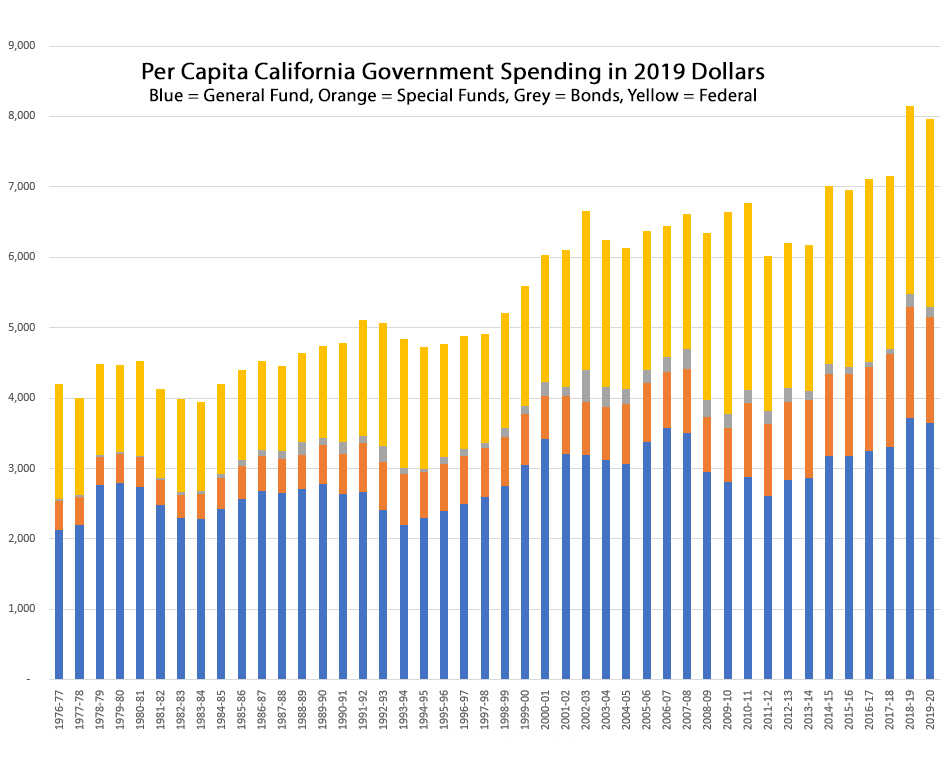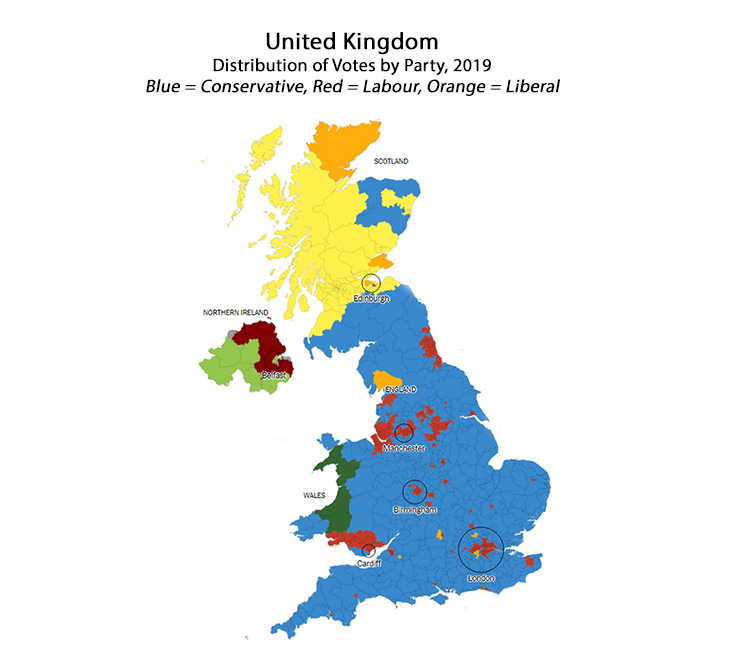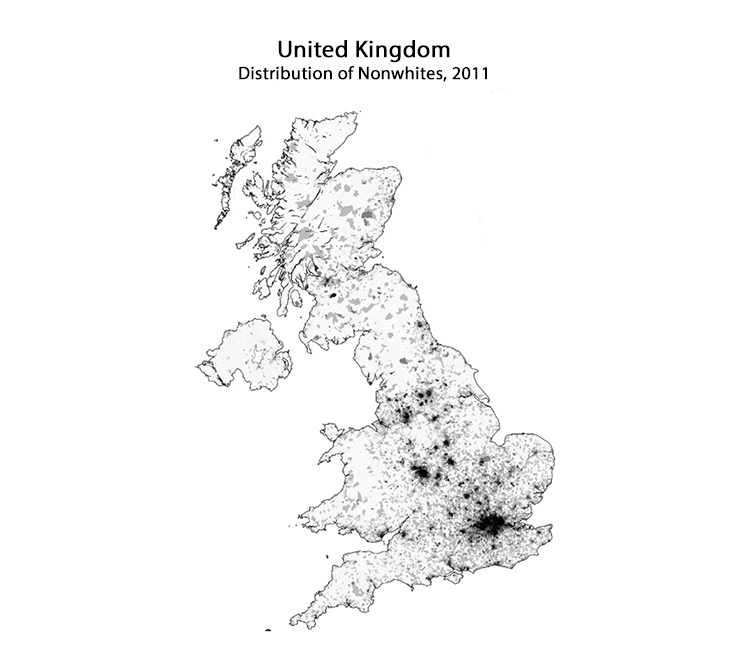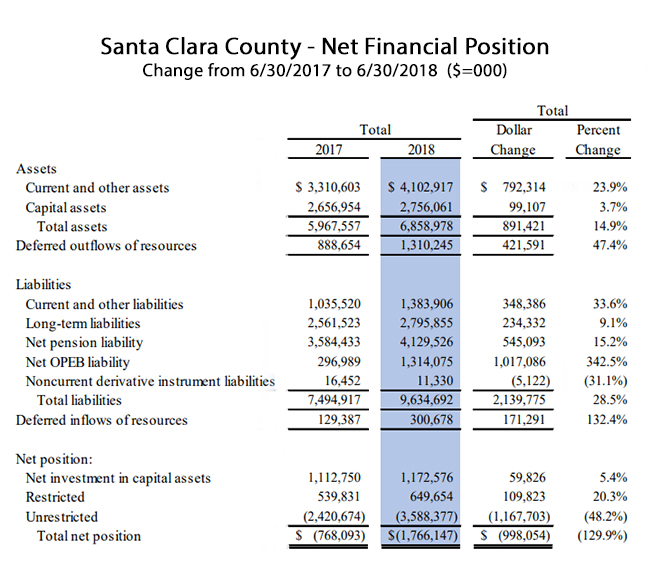The Obligations of Compassion
A recent column in the New York Times entitled “Trump Wants Law and Order Front and Center,” seems to imply that the policy focus that “Trump and his allies” have placed on America’s “petty crime and homelessness” is a manufactured crisis. According to the author, Thomas Edsall, “Donald Trump and his Republican allies are reviving law-and-order themes similar to those used effectively by Richard Nixon and Spiro Agnew in the late 1960s and early 1970s to demonize racial minorities.”
Edsall goes on to accuse Trump and fellow Republicans of attempting to discredit “liberalized law enforcement initiatives” that, for example, decriminalize vagrancy and eliminate cash bail. In his lengthy column, Edsall attempts to paint any objection to progressive criminal reforms as pure political demagoguery and veiled racism. He writes, “Many of the crimes progressive prosecutors are declining to press charges on are linked to homelessness, vagrancy, drug possession, disorderly conduct, breaking into vacant property, and so forth — which, from a strategic point of view, enables Trump and his allies to link homelessness with progressive Democratic law enforcement policies.”
Being an academic as well as a journalist, however, to buttress his arguments Edsall deployed quotes from Harvard constitutional law professor Laurence Tribe, who theorizes that people whose neighborhoods and work environments are being disrupted if not destroyed by homeless encampments only have “second order” rights to be upset. In Tribe’s own words, “One needn’t be a libertarian to recognize that there is a difference in kind between someone’s genuine right to be free of another’s physical intrusion or displacement and someone’s ersatz right to be free of another’s merely offending or upsetting behavior or circumstances.”
It’s generally a sign of a weak argument when something that is a plain and obvious disaster, which must be fixed, urgently, is allowed to flourish because of constitutional theories and scientific studies. Anyone whose spent any time in a courtroom, or been involved in a funded study, knows that money often pays for whatever theory fulfills the objectives of the moneyed. Without common sense, all the verbal gymnastics on earth will not find the truth.
Finding the truth requires, along with common sense, an absence of bias, or at least a sincere effort to eliminate bias. Thomas Edsall would have a hard time making that claim. In addition to his 1/08 column attempting to paint Trump’s objection to homeless lawlessness as racist demagoguery, this is an author whose most recent weekly columns include accusing Trump of an “assault on transgender rights to put Democrats in a bind” (12/18), Trump’s “gift for tearing us apart” (12/11), and the “toxic mess” of Trump’s military pardons (12/04). No bias there.
Perhaps surprisingly, it was in the comments where common sense could be found. A progressive Democrat living in Portland offered a vivid rebuttal to Edsall’s trotting out of the “second order rights” theory:
“I am a progressive Democrat. But I also live in a city, Portland, OR, plagued by homelessness. I do not want homelessness to be criminal, but I also want to remove homeless camps and tents from my city’s sidewalks, fields, under bridges or overpasses. Why do Democrats feel that a citizen’s objections to a homeless person camping, defecating, or urinating near their home, business, or sidewalk along which they (or their children) walk is a second-order right? The objection is far greater than a distaste for the appearance of the homeless or their camps. It is also an objection to things that impact them directly, and thus are first-order rights. For example, Portland’s waterfront is plagued by the smell of urine under bridges, large number of rats (they come out at night), danger from discarded drug paraphernalia, and threatening nature of many homeless people. Is a citizen’s fear and unease of walking by large numbers of people sleeping in filthy towels, sleeping bags and tents not a first-order right? Is a business owners objections to having a homeless person sleeping outside her store not a first-order right? Don’t neighbors of a homeless camp have a first-order right to be safe, live without fear, or worry their children will play with a discarded syringe?”
Another comment, from someone who worked in New York City, had this to say:
“As anyone who lived or regularly visited New York City in the early 1990s will attest, ‘Broken Windows’ worked brilliantly. Crime and disorder fell precipitously virtually overnight, and for the first time in decades, the city felt safe. It worked so so well that most of the rest of the country quickly followed suit with similar results. It is the rare social science theory that actually worked. While I’m sure the approach can and should be tweaked, refined, rethought, etc., abandoning it wholesale is folly. Do people really want more disorder? How is that good for anyone and how will it not lead to more crime? Most people, regardless of political affiliation, will not be willing to tolerate more disorder in the name of social justice.”
These comments say everything that needs to be said in response to accusations from Trump bashing progressives such as Thomas Edsall, who want us to think homelessness and crime are problems we just have to live with until we’ve created equality and social justice for all.
The Obligations of Compassion
Beyond constitutional theorizing and scientific studies, which can be posturing rationalizations as often as they are valid, is the moral value of compassion. That value is priceless. But common sense requires tempering the value of compassion with a common sense recognition of human nature. Compassion comes with obligations. Compassion is one of several moral virtues that need to inform common sense solutions to public policy challenges.
For example, according to Jonathan Haidt, a professor of social psychology at the University of Virginia, there are six universal moral foundations. These virtues (and their opposites) are: Care/harm, Fairness/cheating, Loyalty/betrayal, Authority/subversion, Sanctity/degradation, and Liberty/oppression. Progressives like Thomas Edsall apparently place the virtue of compassion above all others. But true compassion cannot do good unless it is balanced with fairness, loyalty, authority, sanctity, and liberty.
Is it fair to anyone, much less sanctified, to permit people to defecate on public sidewalks? Is it compassionate to allow people to stagger about a busy shopping district, stupefied on heroin? Is giving them the liberty to do this a first order right, while wishing to avoid seeing your child step on a discarded, infectious needle a second order right? Did “broken windows” policing clean up New York City, or didn’t it?
The “new breed of Democratic prosecutors” that Edsall speaks of so approvingly, are part of the problem, not the solution. They have placed a very selective compassion in front of common sense. It is true that somehow, Americans need to figure out how to reduce how many people are incarcerated. But the obligations of common sense compassion require policymakers to accept unpleasant realities: When you downgrade crimes you encourage more crime. When you decriminalize possession and personal use of hard drugs, you encourage more drug addiction. When you provide benefits and services to homeless people, you encourage more homelessness.
These realities don’t mean we shouldn’t have compassion for people who are homeless or coping with drug addiction, or even those who have turned to a life of crime. But creating incentives for people to be homeless, or drug addicts, or criminals is a recipe for a failed state.
A return to broken windows policing, in the broadest sense of that term, would have a deterrent effect. The crime and drug use and homelessness that remained would be manageable, especially if the power of the Homeless Industrial Complex is broken and instead of building half-million dollar apartments in the most expensive parts of our cities, they could construct tents in more affordable areas.
Compassion has become so corrupted by progressives and the special interests who benefit from disorder and misery that the policies enacted in its name have made the problem worse. How is it compassionate, when supposedly compassionate policies lead to more victims; more homeless, more drug addicts, more criminals?
Compassion, properly tempered with common sense, and properly balanced with the other fundamental moral values, may seem harsh, but the results are what matters, not the rhetoric.
This article originally appeared on the website American Greatness.
* * *

Edward Ring is a contributing editor and senior fellow with the California Policy Center, which he co-founded in 2013 and served as its first president. He is also a senior fellow with the Center for American Greatness, and a regular contributor to the California Globe. His work has appeared in the Los Angeles Times, the Wall Street Journal, the Economist, Forbes, and other media outlets.
To help support more content and policy analysis like this, please click here.







